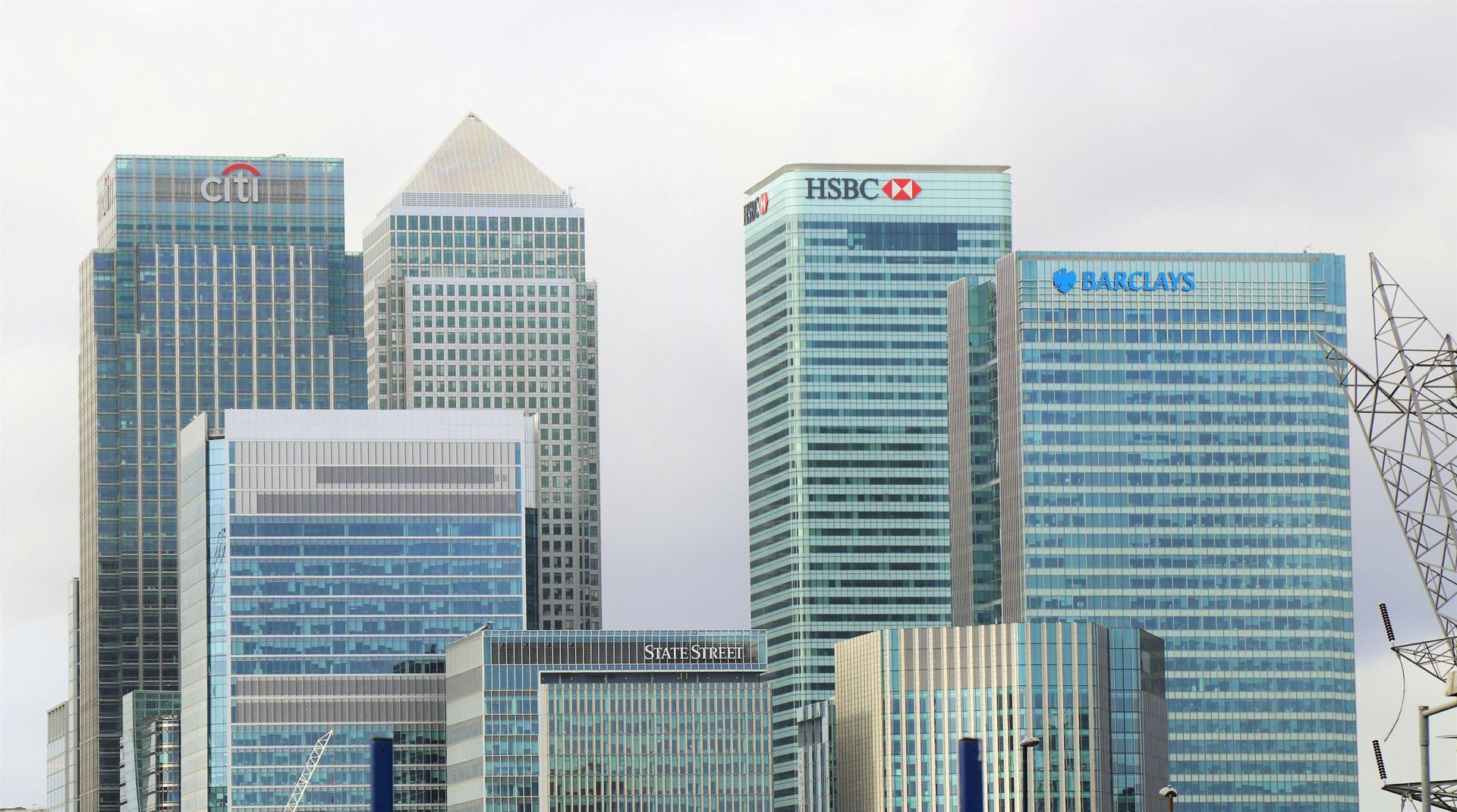
Generally speaking most investors when jumping into the property market are looking to make money with Capital growth.
The misconception is usually attached to the time frame and the data they use to calculate that growth.
There are 2 types of Growth in Property, Capital Growth and Physical growth, having said that most of the times people will mistake one by the other, hopefully I’ll be able to clarify the difference for you.

When we speak about property investment the serious investor should always use a long term approach, especially because you need to analyse more than one property cycle in order to have real numbers to refer to and those are usually a result of 20-30 years of history.
To add to that we need to take into consideration economic events, downturns and XFactors like a Pandemic. All those added up with time will give you a good idea of the Capital Growth of a certain area.
Physical Growth is a little bit more tricky to spot. Let me elaborate…
First of all you need to establish if the suburb has already achieved full growth or is a new suburb and still physically growing.
Those are usually suburb that were considered farmland and now the Cows and chickens are giving up their space to people. These suburbs don’t have even enough data as they have not experienced a property cycle.
Suburbs that are changing from farmland, being subdivided, receiving brand new infra-structure like new schools, shopping centres…
These suburbs are physically growing.

The reality is that new affordable places are being created, people get excited and start moving in the demand increases with the population. New stages and estates are formed, released little by little and with that the prices increase.
So even thought on paper looks like there was capital growth all there was was physical growth. Investors tend to see a burst of equity right at the early stages, but that stagnates with time. Another point that Investors chaise in these areas are high depreciations that are only available in brand new builds.
On the other side we have Capital Growth that it’s usually measured over 20-30 years in a more established suburb and shows up consistently over long periods of time. Usually it’s rare to find new pieces of empty land and those are usually created by demolishing an old home and building a duplex or a small apartment block.
To enter these type of markets the investor will need a much higher entry point and the cash flow might not be as strong or sustainable as in a physically growing suburb.
Everything has their pros and cons, this is why it’s important to make your decision based on your current situation and not on random misplaced general information.
The one thing to remember is alway that you are in the market for the long run when you consider buying property. Do not make long term life decisions based on short term information.
Do you have a question? Want to chat? Get in touch.

share to



